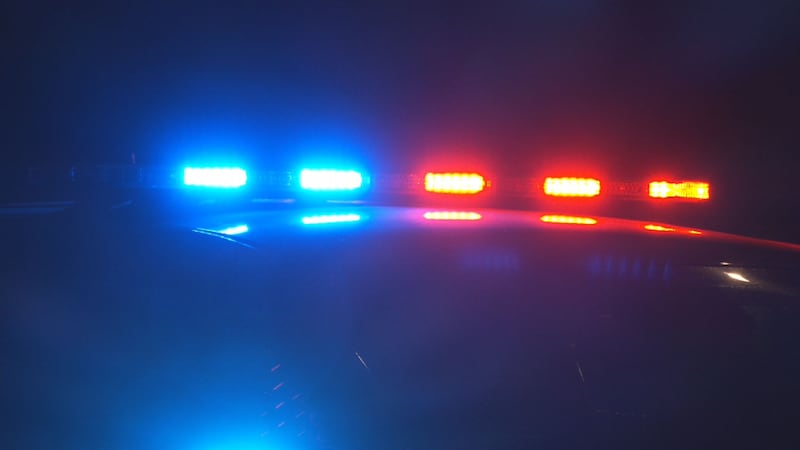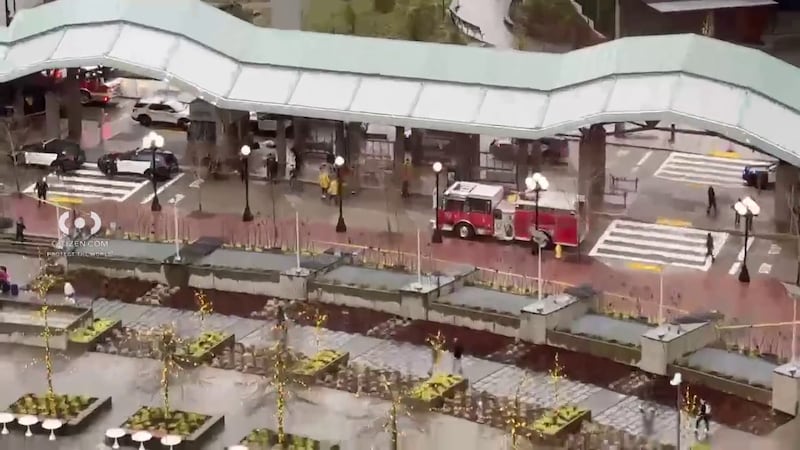A new study done by the Washington Department of Commerce shines a light on buildings that may not withstand an earthquake.
The study compiles a list of unreinforced masonry buildings across the state.
Pictures from the 2001 Nisqually earthquake show crumbled buildings, crushed cars and sidewalks covered in brick.
“This is the Phoenix Underground in Pioneer Square. This is a good example of what can happen to unreinforced masonry. The Pioneer Square area in Seattle has been identified as having a large density of these unreinforced masonry buildings,” said Emergency Management Division Earthquake Program Coordinator, Brian Terbush.
There’s always a risk a quake will strike again.
Terbush said the Nisqually earthquake cost $4 billion to clean up. A lot of damage was done to unreinforced masonry.
Scroll down to continue reading
More news from KIRO 7
- Semi-truck plows into Spanaway home, 6 feet from sleeping homeowners
- Officials clear 11.71 tons of garbage, three RVs in Snohomish County
- Messy situation in Spanaway: Driving while illegally dumping
- Tacoma OB/GYN gets jail and license suspended after sex crimes with girl
- Do you have an investigative story tip? Send us an email at investigate@kiro7.com
“With this unreinforced masonry, you can see it a lot up here, where, above the top floor or the roof it is… not attached to the foundation of the building or to the walls, so this can come crumbling down,” he said.
Which is what happened 18 years ago.
Last year, Gov. Jay Inslee gave the Department of Commerce $200,000 to inventory the state’s unreinforced masonry. The interactive database launched in March. It breaks down identified, suspected and unknown URM.
“Identifying these buildings that are dangerous, it’s important,” said Terbush.
Sites include government buildings, churches and schools, like Oakland High School in Tacoma, which the state said was verified URM by engineers.
“Based on where I am, I can get out and the students follow when we do the drills like that too. They know where they’re supposed to be,” said Oakland High School teacher Therese Hogan.
The report is based on existing information from databases. The Department of Commerce admits some information is incomplete or incorrect. KIRO 7 found a number of inaccuracies in the South Sound.
Commerce said more detail takes more work, which they did in Port Townsend. Workers surveyed a downtown section of buildings to catch flaws in the database. Commerce looked closely at 53 suspected buildings and were able to confirm 30 as URM buildings. Others had been remodeled or partially rebuilt.
If the legislature gives the project more money, Commerce said they can fill in the gaps. Researchers said this knowledge is much better than what they had before.
“That’s just about situation awareness, if you know what kind of buildings there are, what kind of hazards, you can understand, in that moment, if the ground starts shaking suddenly, which it will - it can here and it will -- you know what to do for protection,” said Terbush.
The state's interactive database can be found here.
Cox Media Group






